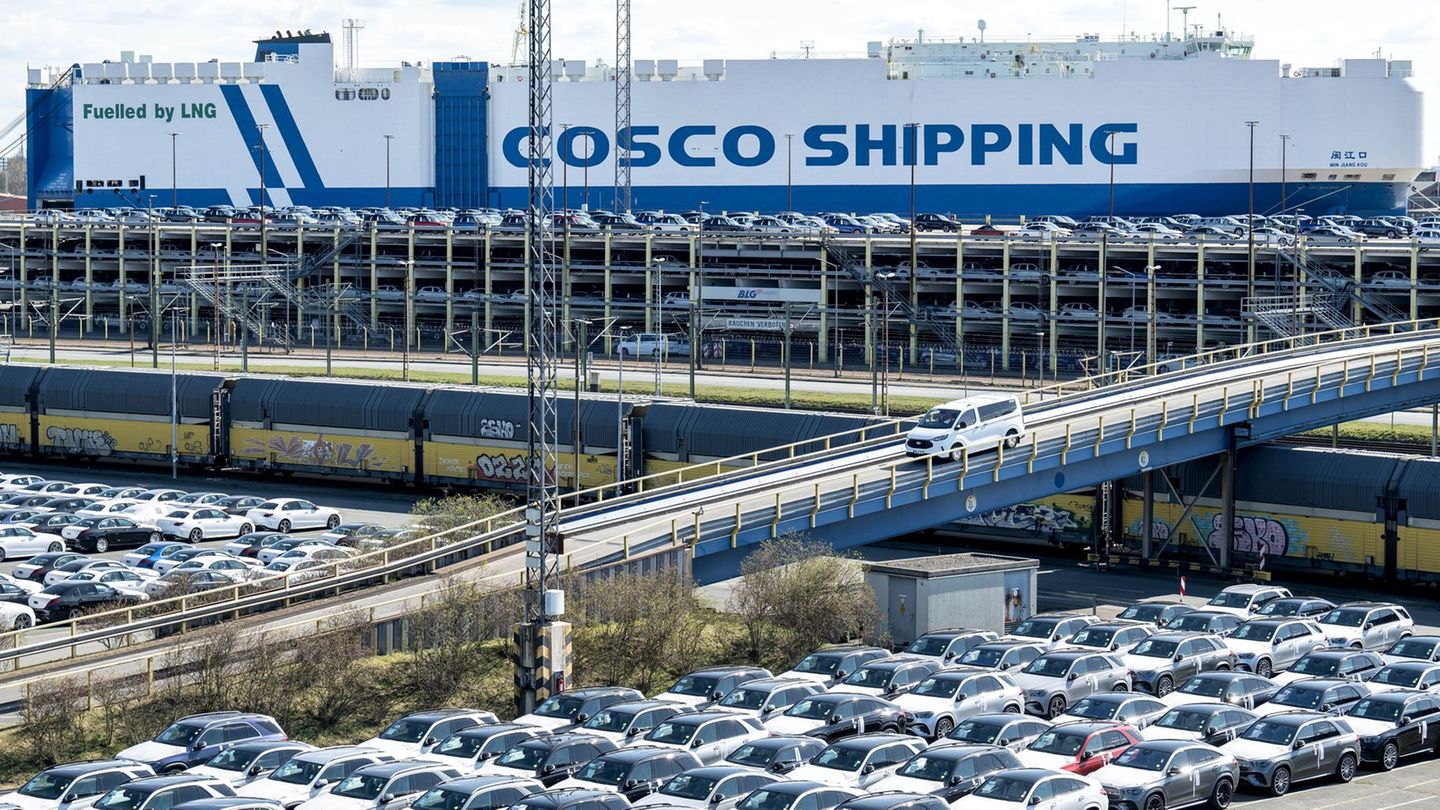Menu
Auto industry: hard times for the car manufacturers – but not all lose
Categories
Most Read
Auto industry: Talks about savings round: Will the Porsche job guarantee be overturned?
October 11, 2025
No Comments
Aviation: Airline Association: Warning about the danger of drones for ten years
October 10, 2025
No Comments
Workers’ inflation reached 2.2% in September and reached the highest level since April
October 10, 2025
No Comments
Customs dispute: Trump announces 100 percent additional tariffs for China
October 10, 2025
No Comments
For the city it provides short-term relief, but doubts remain about the post-26-O scheme
October 10, 2025
No Comments
Latest Posts

Duchess Meghan: She shares emotional message to Prince Harry
October 11, 2025
No Comments
Lisa HarrisI am an author and journalist who has worked in the entertainment industry for over a decade. I currently work as a news editor

John Lodge: Moody Blues bassist dies aged 82
October 11, 2025
No Comments
Mourning for musicians Moody Blues star John Lodge is dead Copy the current link Add to watchlist Mourning in the music world: A star of

Real estate: Lawyer for the Republic suspects Benko’s assets are in foundations
October 11, 2025
No Comments
AngelicaI am an author and journalist who has written for 24 Hours World. I specialize in covering the economy and write about topics such as
24 Hours Worlds is a comprehensive source of instant world current affairs, offering up-to-the-minute coverage of breaking news and events from around the globe. With a team of experienced journalists and experts on hand 24/7.

